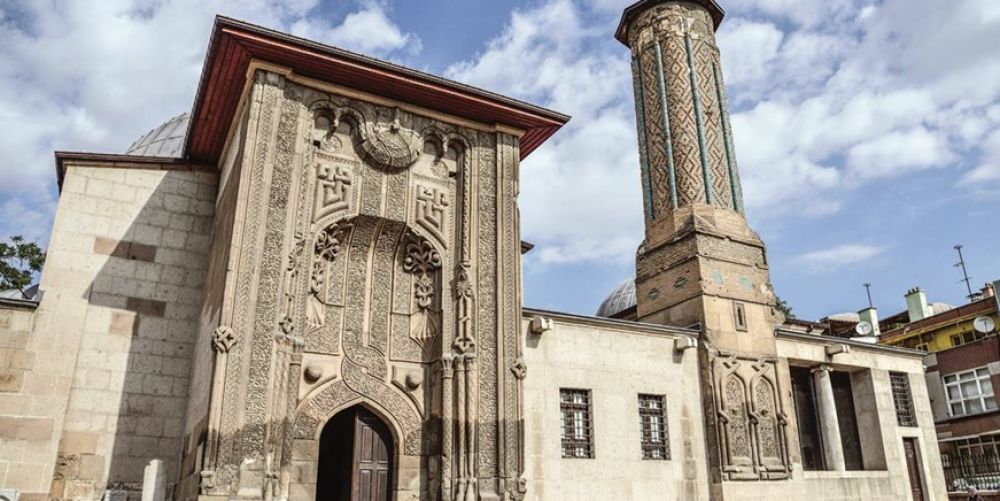

The Ince Minaret Medrese, located in Konya, Turkey, has been an architectural marvel and a point of historical interest for tourists for many years. Established as a theological school during the 13th century, it's a prime example of the Seljuk era's intricate stone work and Islamic architecture. The medrese, which means seminary in English, owes its name to its elegant, slender minaret which is intricately decorated with turquoise tiles.
The Ince Minaret Medrese was built during the Anatolian Seljuk Sultanate period, under the orders of the Vizier Sahip Ata Fahreddin Ali, in 1264. Originally intended to function as a school, it specialized in teaching Islamic sciences and the principles of fiqh (Islamic jurisprudence). Over the centuries, this educational facility became one of the most prestigious medreses in the region.
Tourism to Ince Minaret Medrese began to flourish in the 20th century when travelers from around the globe became more interested in exploring historical sites and Islamic culture. The site became particularly popular among history enthusiasts, architects, and scholars fascinated by the Seljuk architecture and the medrese's role in the spread of Islamic knowledge.
The Ince Minaret Medrese took on a new role in 1956, when it was officially converted into a museum. The museum now houses an impressive collection of Seljuk artifacts, including stonework, ceramics, and coins, which draw in thousands of visitors each year. The shift turned the medrese into an even more central part of Konya's touristic appeal.
In today's tourism landscape, the Ince Minaret Medrese remains a significant attraction for those visiting Konya. Visitors are particularly drawn to its magnificent minaret, with its fine calligraphy and intricate geometric patterns, representing a period when Konya was a cultural and artistic hub. However, as with many historic sites, it faces challenges related to preservation, with the need for balancing visitor access with the conservation of its delicate historic elements.
The latest trends in tourism at Ince Minaret Medrese involve integrating technology with visitor experiences. This includes the use of audio guides, virtual reality (VR) tours, and enhanced visitor facilities. Moreover, the surrounding region of Konya is promoting cultural tourism, focusing on the rich Seljuk heritage and the spiritual significance of the city as the home of the famous Sufi mystic Rumi.
The Ince Minaret Medrese stands out not only as a monument of historical and educational significance but also as a beacon for tourism in Konya, Turkey. Its blend of art, history, and culture continues to attract a diverse group of travelers looking to connect with the past, and as tourism evolves, the Minaret Medrese is set to enchant visitors for years to come.